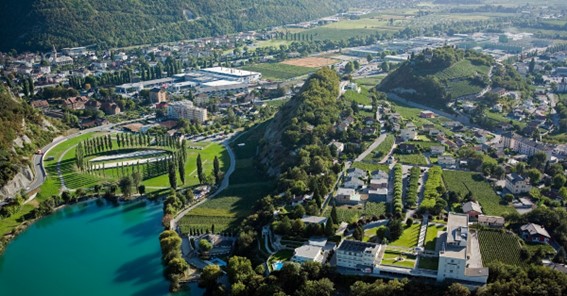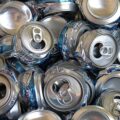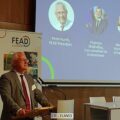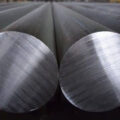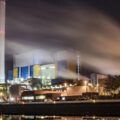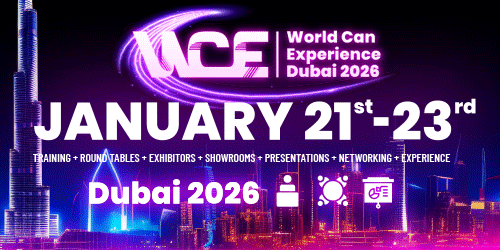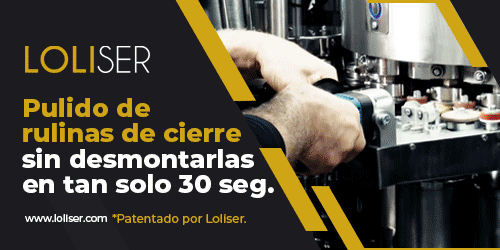CRU’s third annual Steel Decarbonization Summit in Stockholm kicked off on Tuesday (September 17), bringing together industry leaders to discuss the goal of lower carbon production, new regulations such as CBAM and new steelmaking technologies are emerging that rely on different energy sources and raw materials.
Chris Asgill, CRU’s Head of Steel, opened the CRU Steel Decarbonization Summit and highlighted some of the key challenges facing the sector in reducing emissions: “CRU envisions a significant reduction in emissions from this industry, through a massive industry-wide effort, but there is still a gap towards net zero.
“The industry faces a trifecta of challenges: counterintuitively, global demand continues to grow, energy needs are increasing significantly as technology changes, and the supply of key raw materials is constrained,” he said.
“Steel is the largest metals market and plays a central role in modern economic growth. And it continues to grow: declining Chinese demand is being offset by growth in other emerging markets.”
“These emerging markets,” he added, “have different paths to decarbonization, so to ensure that emissions reduction targets are achieved, the problem must be viewed through a global mindset where stakeholders are aware of the impact their decisions have on global emissions, while serving their own local economic and corporate interests.
Asgill believes that the key factors for change are effective policy, standards that allow for a common language, funding that supports effective capital allocation and a strategy that not only meets corporate needs, but maintains a global mindset.

